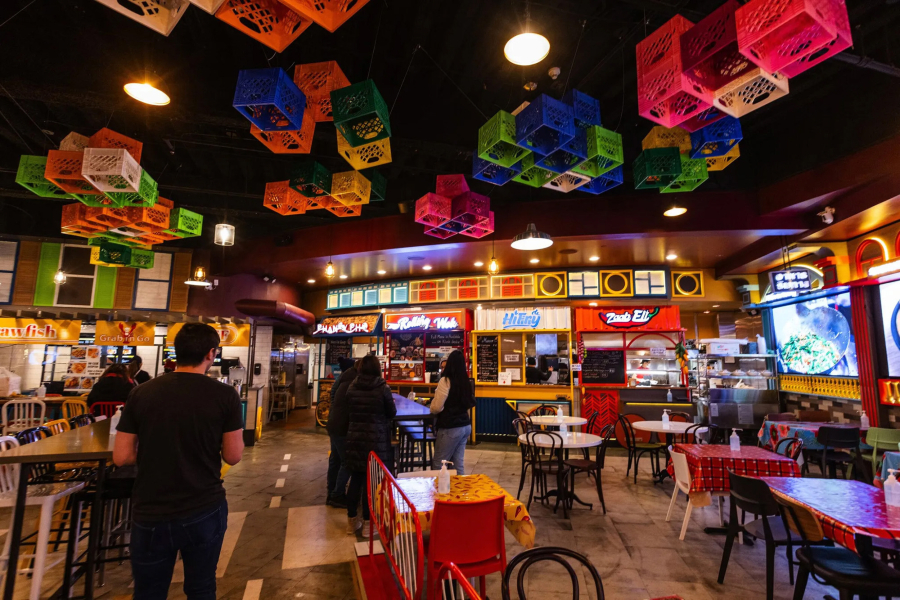SEATTLE — The forces that shaped Washington during the dynamic past decade have changed the demographic makeup of the state, particularly of its Asian communities, new Census Bureau data shows.
Large numbers of people with Asian heritage have called Washington home since before statehood, and Asians of all backgrounds now represent 10% of the state’s population. But within that catchall Census category, significant demographic changes have taken place since 2010.
Washington is now among the top five home states for almost all the largest Asian groups in the U.S., when measured by percentage of the state’s population comprised of people from each group, according to recently released Census Bureau data.
That’s a change from 2010 when the state was in the top five only for concentrations of Filipino, Japanese and Vietnamese populations. The sole category where Washington does not place among the top five is Asian Indian, even though people of Indian heritage are now one of the three largest Asian groups in the state.
Describing ethnicity, the Census Bureau does not distinguish between immigrants and native-born Americans. For example, Japan-born Washingtonians and residents whose great-grandparents came from Japan are both described as Japanese.
In 2010, Filipinos were the largest Asian group in Washington state, followed by the people of Chinese and Korean heritage. Now, the Chinese population is the largest Asian group in the state, followed by Filipinos and Indians. The Indian population doubled in the past decade.
Most of the state’s Asian population resides in King County, but growth has been faster in neighboring Snohomish and Pierce counties.
The Chinese population declined only in Whitman County, home to Pullman and located on the Idaho border. The Indian population meanwhile declined in Yakima, Grant and Franklin counties in Eastern Washington.
While still numbering only about 700, Singaporeans, concentrated in King County, were the fastest growing group in the state, followed by the Nepalese, the fastest growing Asian ethnicity in the U.S.
Washington is also one of the top five home states for Laotians, though that population declined here over the decade, driven by a significant 21% drop in King County. In southwest Washington’s Pacific County, where Laotians form the largest Asian group, their population declined 5%.
The Bhutanese population in Washington, numbering 535, also declined by more than a quarter across King, Snohomish and Spokane counties. In King County, the population has nearly halved.
The Japanese population in Washington has declined, though the state remains one of the top three home states for people with Japanese heritage. People identifying as Japanese remain concentrated in the Puget Sound but declined in nine counties, including King County, with double digit drops recorded in Eastern Washington and in Whatcom County.
Japanese is now the largest Asian group in Grant County in the east, where the population grew by more than half, as well as in San Juan County and Skamania County.
A closer look at the three largest Asian populations within King County — Chinese, Indians and Filipinos — demonstrates that the Asian racial group is not a monolith. Differences are especially pronounced when it comes to Asian Indians and Filipinos.
While there are roughly as many Chinese men and women in King County, there are more Filipino women than men and, conversely, more Indian men than women.
Compared to other groups, Indians in King County are more likely to hold a graduate or professional degree and be employed in white-collar occupations. Fewer Filipinos had graduate-level college educations, and compared to other groups are more likely to be employed in lower-paying occupations.
The median household income of Indians in King County is nearly double the median income of Filipino households, and over 40% more than Chinese households. Indians were also more likely to have private health insurance compared to other groups.



